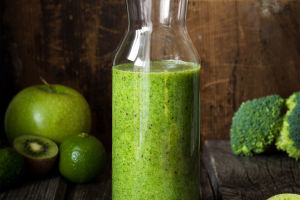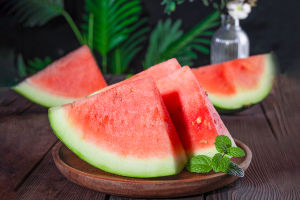Chocolate's Secrets
Researchers at the University of Leeds in the UK have recently deciphered the intricate physical processes that take place in the mouth during the consumption of chocolate.
They aim to create a new line of premium chocolate that maintains the delightful taste and texture while reducing fat content, thus offering a healthier choice.
Published in the scientific journal ACS Applied Materials and Interfaces, their research meticulously examined each stage, providing insights into the mouthfeel of chocolate. The smooth sensation experienced when chocolate enters the mouth results from a lubrication process. This lubrication can originate from the chocolate's ingredients, saliva, or a combination of both. Anwesha Sarkar, a professor in the School of Food Science and Nutrition at the University of Leeds, underscores the importance of understanding the science behind lubrication. Sarkar elaborates, "Understanding the science of lubrication gives us a mechanistic insight into how food feels in the mouth, which can be applied to create foods that taste better, have superior texture, or offer health benefits."
The amount of fat in chocolate significantly influences its mouthfeel. Whether the chocolate contains 5% fat or 50%, the fat forms droplets in the mouth, contributing to its creamy texture. The distribution of fat within the chocolate structure is critical at each stage of lubrication, an aspect that has been relatively understudied in previous research. Sarkar's team's findings highlight the importance of the fat layer's positioning on the outer surface of the chocolate. Moreover, an effective fat coating around cocoa particles enhances the overall taste experience.
The study utilized a premium brand of dark chocolate and tested it on an artificial 3D tongue-like surface created at the University of Leeds. Employing analytical techniques from tribology engineering, including in situ imaging, the researchers obtained valuable insights. Upon contact with the tongue, chocolate releases a fatty film that coats the tongue and other oral surfaces, imparting a silky sensation throughout consumption. As chocolate is consumed, solid cocoa particles are subsequently released, enhancing the overall mouthfeel. Therefore, the role of fat deep within the chocolate is relatively minimal and can potentially be reduced without sacrificing taste.
Lead researcher Dr. Siavash Soltanahmadi from the School of Food Science and Nutrition at Leeds states, "By comprehending the physical mechanisms involved in chocolate consumption, we aim to develop the next generation of chocolate that delivers the taste of high-fat chocolate but with improved health benefits." This pioneering research creates opportunities for manufacturers to design dark chocolate varieties intelligently, featuring reduced fat content. Dr. Soltanahmadi envisions a layered structure for dark chocolate, where fat coats both the chocolate's surface and its particles, preserving the indulgent experience while minimizing excess fat.
The researchers anticipate that their physical techniques could be extended to study other foods that undergo phase transitions, such as ice cream, margarine, or cheese. Their findings hold the potential to revolutionize the chocolate industry by providing consumers with guilt-free indulgence options that maintain the desired taste and texture.
The research conducted by the University of Leeds provides a comprehensive understanding of the complex interaction between chocolate's components and the human sensory experience. By exploring the details of lubrication and fat distribution, scientists aim to transform not just chocolate manufacturing but also our comprehension of food texture and enjoyment. This interdisciplinary approach bridges the divide between food science and consumer preferences, paving the way for healthier yet equally satisfying chocolate choices.


